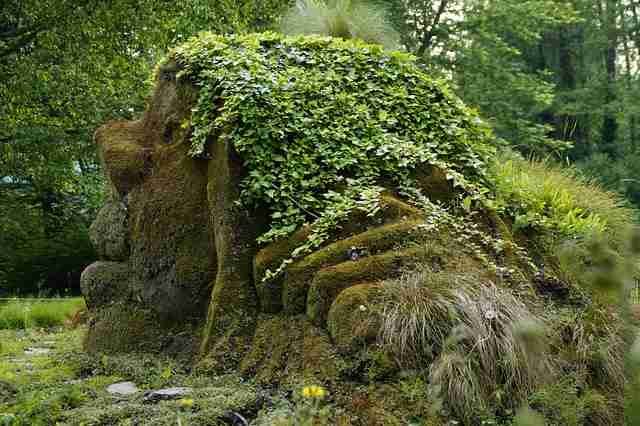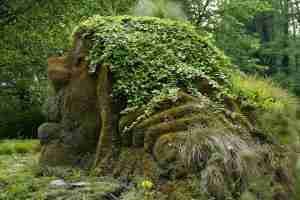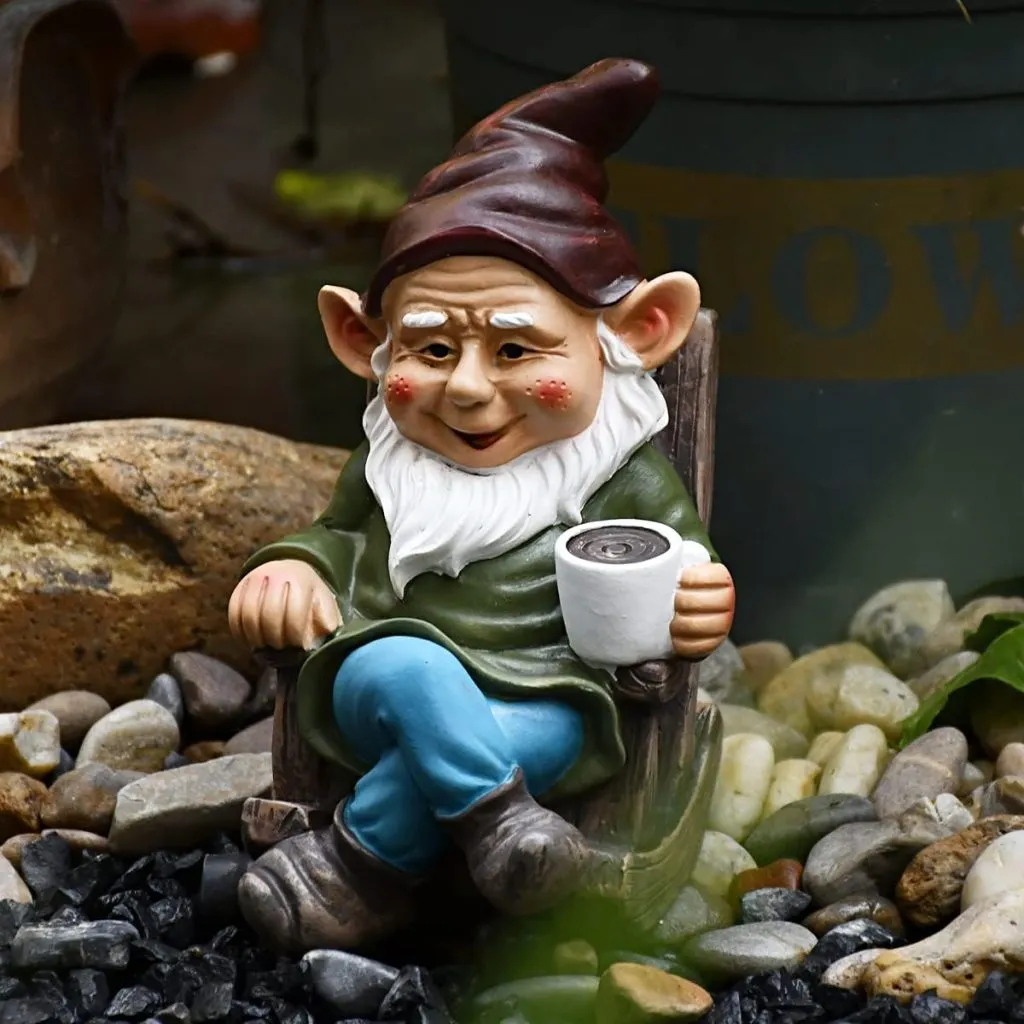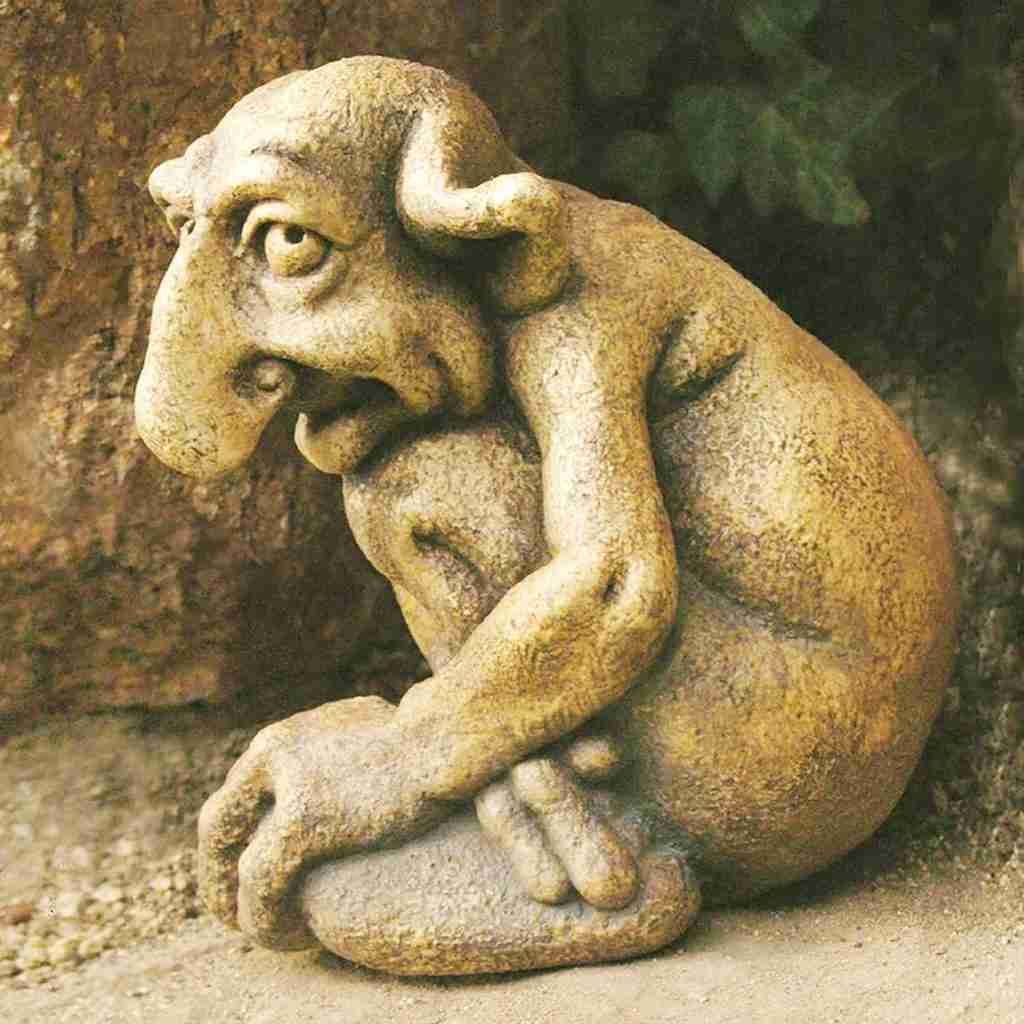In this article, you will learn all about the mysterious world of trolls. We’ll explore what trolls are and where they come from, as well as their unique way of life and their habitats. You’ll also discover whether trolls prefer to live alone or if they form communities. Get ready to uncover the secrets of these fascinating creatures!
The Mysterious World of Trolls
Trolls have captured the imaginations of people for centuries, with their folklore and mythological origins sparking curiosity and intrigue. These mythical creatures have appeared in various cultural variations, and their modern interpretation continues to fascinate. In this article, we will explore the origins, characteristics, habitat, diet, social behavior, communication, and interactions of trolls, shedding light on their mysterious world.
Origins of Trolls
Folklore and mythological origins
Trolls have deep roots in folklore and mythologies around the world. Their origins can be traced back to Norse and Scandinavian folklore, where they were beings associated with the wilderness, mountains, and caves. In these myths, trolls were known for their immense strength, slow-wittedness, and rocky appearances. They were often depicted as malevolent creatures, causing mischief and tormenting humans.
Cultural variations of trolls
As tales of trolls spread across different cultures, variations in their appearances and behaviors emerged. In Scandinavian folklore, trolls were believed to possess magical abilities, capable of shape-shifting and turning invisible. In contrast, Icelandic folklore depicted trolls as large and brutish creatures, terrified of sunlight and turning to stone when exposed to it. Other cultures also incorporated trolls into their stories, each adding their own unique twist to these enigmatic beings.
Modern interpretation of trolls
In modern times, trolls have found new life in various forms of media, including literature, films, and video games. Their appearances have evolved, ranging from monstrous and grotesque to cute and friendly depictions. Through these modern adaptations, trolls continue to captivate audiences, maintaining their intriguing presence in the world of fantasy and imagination.
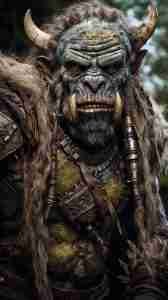
Image by HANSUAN FABREGAS from Pixabay
Characteristics of Trolls
Physical appearance
Trolls typically exhibit a wide range of physical appearances, often towering over the average human. They possess bulkier frames, with muscular bodies and thick skin. Trolls are known for their distinct features, such as long noses, large ears, and exaggerated facial expressions.
Distinctive features
While trolls’ appearances may vary, they are commonly associated with certain distinctive features. Some trolls are adorned with large horns, allowing them to display their strength and dominance. Others possess sharp claws or bony ridges on their bodies, serving as defensive mechanisms against potential threats.
Magical abilities
In folklore, trolls were often believed to possess magical abilities. These powers encompassed shape-shifting, invisibility, and the enchantment of objects. It was said that trolls could manipulate their surroundings to suit their needs and desires. However, the extent of these abilities can differ across various myths and interpretations.
Habitat of Trolls
Environments preferred by trolls
Trolls are notorious for their preference for secluded and untamed environments. Dense forests, deep valleys, and rugged mountains are among the habitats that trolls are often associated with. These environments provide ample opportunities for trolls to remain hidden from human civilization, allowing them to maintain their mysterious existence.
Subterranean dwellings
One prevalent belief is that trolls prefer to dwell in subterranean caverns and caves. These underground abodes provide trolls with shelter, privacy, and protection from the elements. The darkness and isolation of such dwellings also align with their reclusive nature.
Interaction with nature
Trolls are deeply connected to the natural world. They often form symbiotic relationships with the flora and fauna around them. Trolls possess an inherent understanding of nature, cultivating a harmonious existence within their chosen habitats. This interaction affirms their role as guardians and protectors of the wilderness they inhabit.
Diet and Feeding Habits
Carnivorous diet
Trolls have a predominantly carnivorous diet, feeding on a variety of creatures that inhabit their territories. Their immense strength allows them to overpower and capture their prey, ensuring a sustainable source of food. From small woodland animals to large beasts, trolls exhibit a remarkable hunting prowess.
Prey preferences
While trolls are infamous for being indiscriminate hunters, they do display certain preferences when it comes to prey. They are more likely to target animals that are abundant in their habitats and provide substantial nourishment. However, trolls have been known to venture out of their territories in search of specific prey, especially if it proves challenging or has mystical significance.
Troll hunting techniques
Trolls employ various hunting techniques to secure their sustenance. Some rely on their superior strength and speed to overpower their prey, while others use stealth and cunning to ambush unsuspecting victims. Additionally, trolls may employ their magical abilities to ensnare or immobilize their prey, enhancing their chances of a successful hunt.
Social Behavior of Trolls
Solitary trolls
Trolls are commonly believed to be solitary creatures, preferring a life of seclusion. This solitude helps protect their territories and minimize potential conflict with other trolls or intruding humans. It is believed that the solitary nature of trolls contributes to their enigmatic reputation, enhancing their mysterious allure.
Troll families and clans
Despite their solitary tendencies, trolls occasionally form familial bonds and clans. These family units, consisting of trolls with shared lineage, serve as rare exceptions to the otherwise individualistic troll lifestyle. In these cases, family members band together, sharing resources and offering mutual protection.
Troll hierarchy and leadership
In some troll communities, a hierarchical structure may exist, with an alpha troll assuming leadership. This troll is usually the oldest and most experienced, respected for their wisdom and strength. The alpha troll’s role is to ensure order, resolve disputes, and protect the clan’s interests. However, such hierarchies are rare, as trolls generally prefer autonomy and independence.

Communication and Language
Troll vocalizations
Trolls communicate through a series of growls, grunts, and howls. These vocalizations serve as a means of expressing emotions, warnings, and territorial claims. While their vocal range is limited, trolls possess an ability to convey complex messages through varied tones and inflections.
Sign language and gestures
In addition to vocalizations, trolls rely on simple sign language and gestures to communicate with one another. These non-verbal forms of communication further reinforce the limited interaction they have with their own kind and the world around them. Sign language serves as a valuable tool for conveying messages silently and efficiently.
Telepathic abilities
Some trolls possess telepathic abilities, allowing them to communicate with other trolls or select individuals. This form of communication transcends sound and sign language, providing a deeper connection and understanding between individuals. Telepathy is often used for important matters, such as warning of imminent danger or invoking assistance from fellow trolls.
Interaction with Humans
Legends and encounters
Throughout history, humans have shared encounters and legends regarding trolls. These tales often portray trolls as formidable adversaries or cunning tricksters, testing the wit and courage of those who dare to cross their paths. These encounters, whether fictional or recounted, perpetuate the mystique surrounding trolls, feeding into the enduring fascination with their existence.
Friendship and hostility
Despite their reputation as menacing creatures, trolls have been known to form friendships with humans who show respect and understanding. These rare friendships are built on mutual trust and shared experiences, breaking down the barriers between two worlds. However, it is important to note that humans who provoke or threaten trolls should be prepared for a hostile response, as trolls fiercely defend their territories and kin.
Protecting troll territories
Humans who venture into the territories claimed by trolls are likely to face defense mechanisms aimed at deterring intruders. These mechanisms range from simple intimidation tactics to more aggressive actions, meant to safeguard the pristine wilderness where trolls reside. It is crucial for humans to respect troll territories and minimize their impact on these delicate ecosystems.

Image by Wolfgang Eckert from Pixabay
Troll Artifacts and Treasures
Mythical objects and their powers
In folklore, trolls were believed to possess powerful artifacts and treasures. These objects range from enchanted weapons to magical stones, possessing abilities that defy human comprehension. The connection between trolls and these mythical objects adds to their enigmatic allure and fuels the desire for exploration and discovery.
Troll-made crafts
Trolls are known for their craftsmanship, creating unique and intricate items from natural materials. These crafts include carved sculptures, woven baskets, and finely crafted jewelry. Troll-made crafts are often prized for their exceptional quality and the magical aura they exude.
Lost treasures and hidden caches
Legends speak of vast caches of treasure hidden deep within troll territories. These hidden treasures remain elusive to this day, prompting adventurers and treasure hunters to embark on perilous expeditions in search of these mythical riches. However, trolls fiercely guard their treasures, making the pursuit challenging and treacherous.
Conservation Efforts
Preserving troll habitats
Given the secluded nature of troll habitats, preserving these environments is essential for the continued existence of these enigmatic creatures. Conservation efforts should focus on maintaining the natural balance of these habitats, protecting them from human encroachment, and minimizing disruption to the delicate ecosystem that sustains trolls.
Research and study
Further research and study into troll behavior, habitats, and interactions can provide valuable insights into their mysterious world. It is through dedicated scientific investigation and documentation that we can uncover the secrets that trolls have guarded for centuries. These efforts can contribute to a better understanding of these mythical beings and aid in their conservation.
Educating the public
As public fascination with trolls persists, it becomes essential to educate society about the significance of these creatures. Teaching the public about the cultural and historical significance of trolls can foster appreciation and respect for their existence. Additionally, educating the public about responsible interaction with troll territories can help protect both the trolls and their unique habitats.

Image by Dorothe from Pixabay
Conclusion
The world of trolls continues to captivate our imagination and intrigue. From their elusive origins in folklore and mythologies to their portrayal in modern media, trolls maintain an enigmatic presence in our societal consciousness. As we explore their characteristics, habitats, behaviors, and interactions, we gain a glimpse into their mysterious world. By understanding and appreciating their cultural significance, we can foster a deeper appreciation for these mythical beings and the wonders they embody. So, next time you find yourself immersed in a world of trolls, remember the enduring mystery that surrounds them and the fascination that keeps us enchanted.
For more information: https://en.wikipedia.org/wiki/Troll
